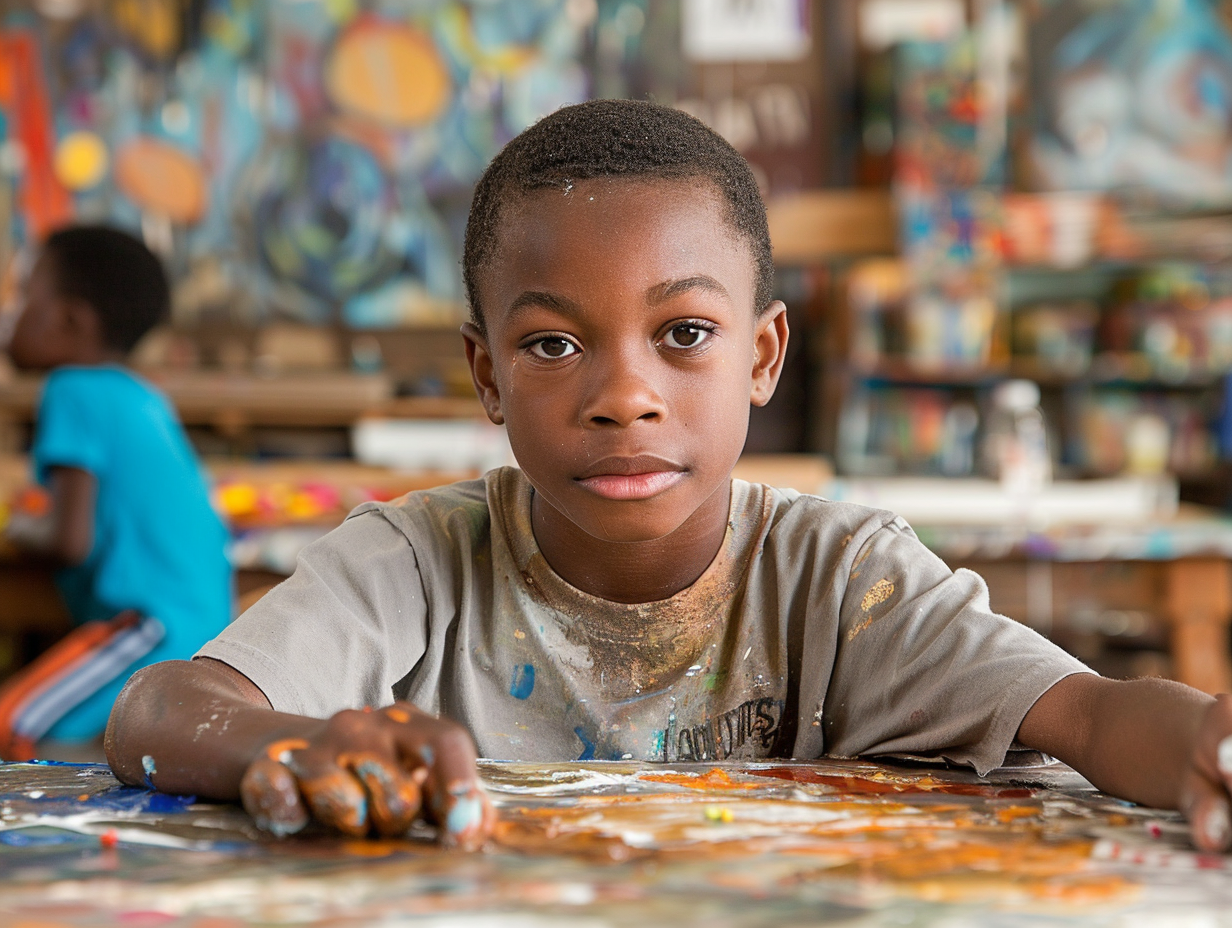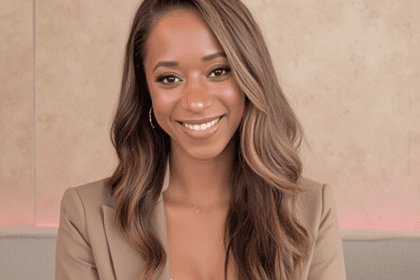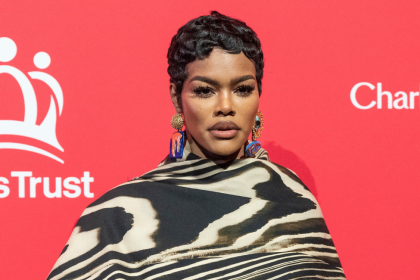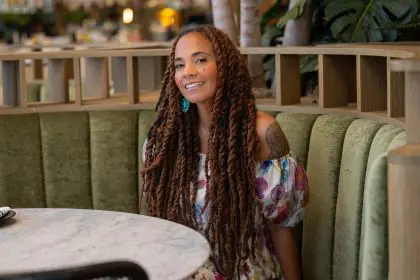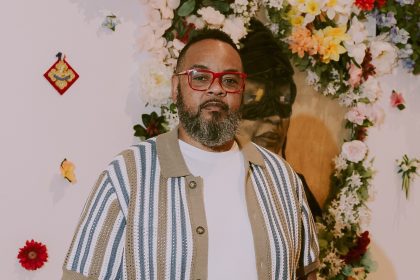Accessing mental health resources is often a significant hurdle for youth of color. Financial barriers, cultural stigma, and systemic inequalities compound the challenge, leaving many without the support they need. However, there’s a powerful and often overlooked tool available: art. Through creative expression, young individuals can confront emotions, address social issues, and embark on a path to healing.
The role of art in mental health support
Art is more than just a form of entertainment—it’s a therapeutic medium that allows individuals to process emotions in ways traditional methods might not. Jasmine Edwards, a professor at LaGuardia Community College and a certified therapeutic recreation specialist, highlights art’s potential as a supplement to professional mental health care. “Art and the creative arts overall are about getting you to open up and let those feelings out,” Edwards explains.
While it’s not a replacement for therapy, art provides a crucial outlet for youth who may not have access to mental health services. This emotional release can be especially vital for young people in marginalized communities.
Arts for all: Fostering creative expression in New York City
One organization making a difference is Arts For All, which offers artistic opportunities to students across New York City. By bringing resident artists into classrooms, the program creates a safe space for children to express their feelings through various mediums.
A particularly powerful initiative involved students writing rap songs to articulate their experiences with HIV. They described the disease as a “monster,” using metaphor to confront their fears and realities. This creative process not only helped them communicate their struggles but also marked a significant step in their emotional healing.
Art as a bridge for communication
Kelly Niceley, a licensed creative arts therapist in the Bronx, underscores art’s ability to facilitate communication. For many youth, especially those facing systemic barriers, words may not suffice to convey their feelings. Art, in its many forms, provides an alternative language for expressing complex emotions.
“Youth of color often navigate additional challenges due to systemic inequalities,” Niceley notes. “Art gives them a voice when words fail.” This sense of empowerment can be transformative, offering a new perspective on personal and societal issues.
The mental health crisis among youth of color
The mental health challenges faced by youth of color are well-documented. According to the AAKOMA Project, 52.1% of Black youth experience mild to severe anxiety, while 53.3% report moderate to severe depressive symptoms. The Office of Minority Health also reports that suicide was the third leading cause of death among African Americans aged 10-24 in 2022.
These statistics highlight the urgent need for accessible mental health resources. For many, art can serve as a lifeline, offering a means of coping and self-expression.
The importance of cultural competency in care
Cultural competency remains a significant barrier in traditional mental health care. Many youth of color struggle to find providers who understand their unique experiences. A 2021 survey by KFF revealed that, in addition to cost and scheduling issues, adults of color often face difficulties in locating culturally competent care.
Organizations like Disrupt Media are addressing this gap. Founded by Ebony Cawthorne, Disrupt Media empowers youth through filmmaking, encouraging them to voice their experiences and confront social injustices. Workshops incorporate mindfulness exercises, creating a supportive environment for expression.
Funding disparities and the need for support
Despite their impact, many arts programs face funding challenges. Edwards highlights the disparities, noting that schools in affluent areas often receive more financial support than those in underserved communities.
“You have funding that is funneled to schools in neighborhoods that are more affluent,” Edwards explains. This inequity underscores the need for continued investment in arts programs that serve marginalized youth. Donations and partnerships are critical to sustaining these initiatives, ensuring they remain accessible to those who need them most.
Art’s transformative power in healing
Art’s ability to heal is undeniable. It offers a space for youth to process trauma, explore identity, and build resilience. For young people of color, who often face unique challenges, this creative outlet can be life-changing.
“You need to be expressive,” Edwards emphasizes. “Arts have a healing power, and I truly believe in that.” Through programs like Arts For All and Disrupt Media, youth are finding their voices and reclaiming their narratives.
A call to action: Supporting arts initiatives
As barriers to mental health care persist, it’s crucial to recognize the role of art in fostering healing and empowerment. By supporting arts initiatives, we can provide youth of color with the tools they need to navigate their emotions and confront societal challenges.
Through creative expression, these young individuals can find hope, resilience, and a sense of belonging. Art is not just a medium for creation—it’s a pathway to healing and transformation.

